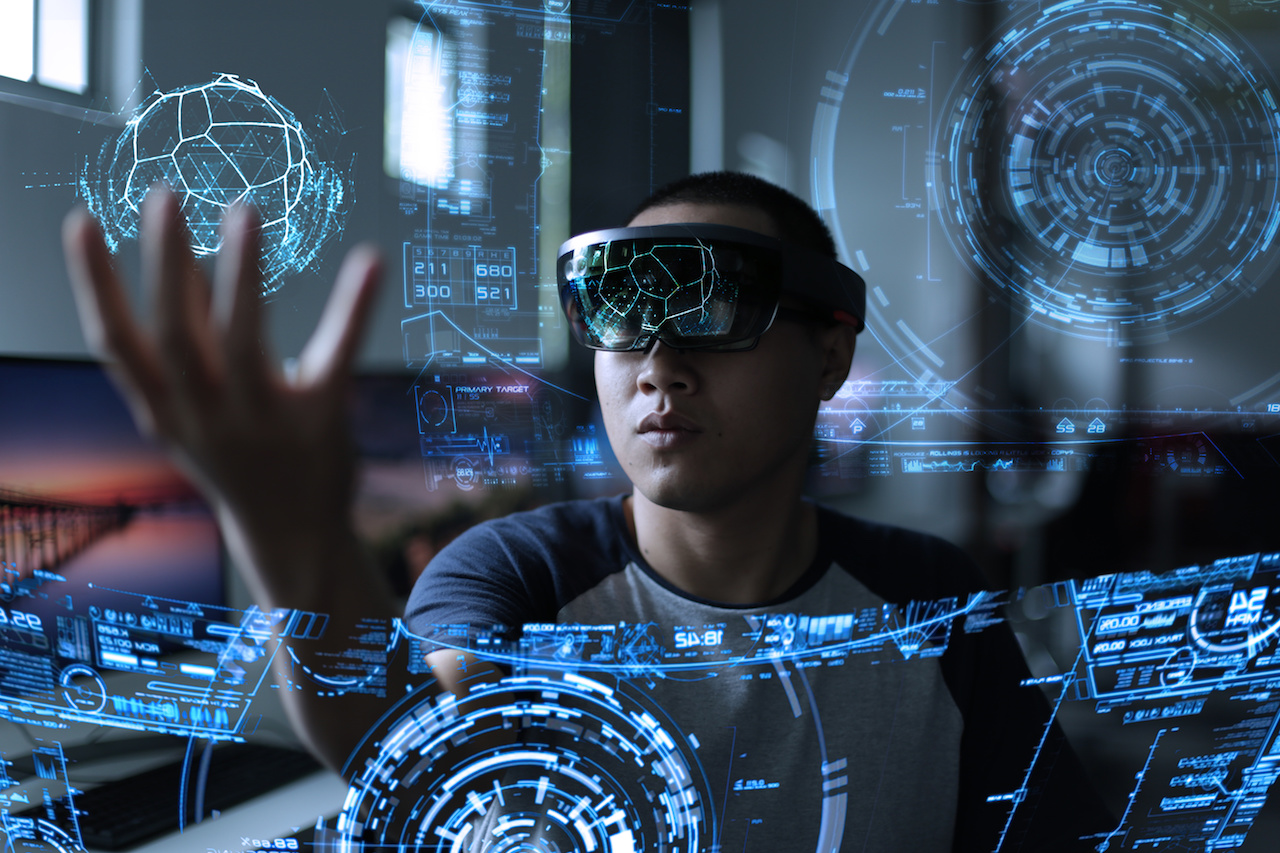Do you only think virtual reality (VR) is only for gamers? There are a lot of useful applications for VR aside from gaming, but one of the lesser-known, but potentially even more fun, applications for VR and augmented reality (AR) is for data analytics. Yes, data analysis can be fun when you can “step inside your data®” as BadVr.com, one company that provides an immersive analytics platform, encourages you to do!
AR and VR Could Change the Way We Analyze Data
While bar graphs and pie charts used to be the go-to tools to visualize data, they just aren’t able to illustrate the complexity in the data we collect today.
To leverage the immense amount of data we collect every day, insights need to be extracted by more than just data scientists. Making data easier to understand even for those who don’t have a data background is one of the ways artificial intelligence and augmented/virtual realities can really transform data analytics in an organization. The visualization of data helps users better understand it and recognize patterns. AR and VR help a user interact with the data to make it easier to glean insights. It isn’t often possible to see crucial information such as data clusters at the intersection of several dimensions in traditional 2D data visualizations.
With AR and VR, users can interact with the data—as data can be in front of, behind, above, and to either side of a user, literally surrounding them. VR and AR can make collaboration easier across teams who are in different locations.
Benefits of VR and AR in Data Visualization
Modern datasets are multivariate. In order to have humans effectively analyze the complexity of data today without VR and AR, they have to manually pull together 2D representations, reports, graphs, and the like, to try to inform decision-making. VR/AR allows users to see everything at once, allowing a holistic vantage of the data that’s impossible with traditional ways of data visualization.
Another benefit of VR and AR in data visualizations is that it uses a human’s natural instinct to think about and process data in multiple dimensions. The immersion of a user in the data representation makes it possible to communicate data attributes in numerous positions.
A greater density of data can be displayed at once, which can allow much faster cognitive processing of the information than in a 2D representation. The human brain processes information faster when it’s presented in multiple dimensions.
AR/VR technology opens up data analytics to a broader user group than just data scientists. It can allow more humans to be involved in monitoring neural networks and machine learning models to ensure that the machine’s decisions continue to be ethical, fair, and reasonable.
And, AR and VR can make data analysis more fun. Since data-driven decisions are the way for companies to remain competitive, it’s important that humans embrace data analysis. By “stepping into the data,” data analysis is no longer an exercise of pouring over spreadsheets and reports but rather an immersive experience that can actually be fun!
Examples of Immersive Data Analytics
Bader, the world’s first immersive data analytics platform, makes it easier to get value from data without special training. By allowing users of the same team to see the whole picture, real-time collaboration is possible. Teams can adjust the data and visualize the results and then collaborate on how to proceed.
AI and VR were used by the logistics company Kuehne+Nagel to make sense of the data collected from its massive supply chain. These technologies helped accelerate the understanding of what processes relate to each other.
Virtualitics is another innovator in the data visualization space that has an AI-driven visualization VR tool that helps companies get actionable insights quicker than with traditional data analytics tools. Multiple users can manipulate 3D data sets at the same time with its tool.
DataViewVR provides a virtual workspace dubbed the “Workplace of the Future” to power immersive data presentations. These help analysts develop insights from the data faster and share with others virtually.
3Data is a 3D platform developed for enterprise IT and cybersecurity operations. The ability to “step into” the command and control of complex networks allows better and faster decisions.
At this point, there seem to be many more positives to using AR and VR in data visualization than negatives. Certainly, the adoption of these tools can be slowed by naysayers in an organization who don’t quite understand the capabilities of the technology since its still early in its development. I certainly expect this to be a growing industry with additional specialization for specific use cases.




